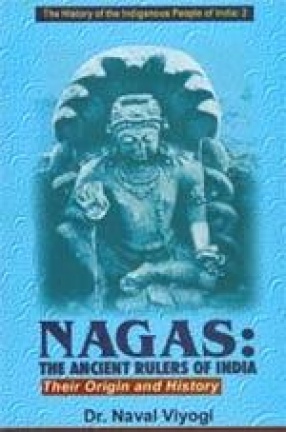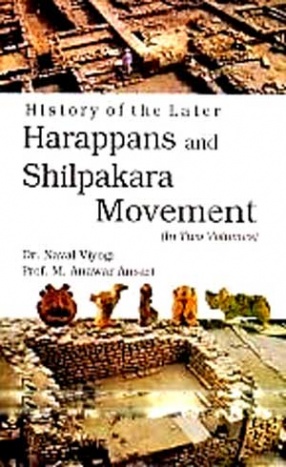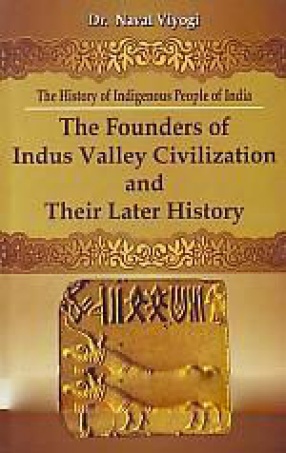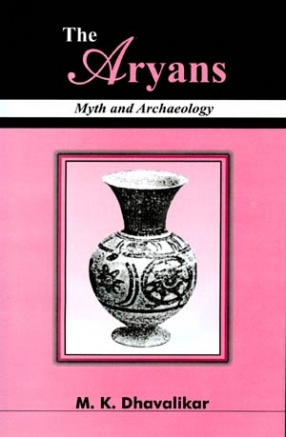The Founders of Indus Valley Civilisation and their Later History
Synopsis
The common man in Indus Valley was very prosperous, that is why the amenities of life, which are available today, were also available to him during that period, such as cities with town planning, straight roads, under ground sewerage system, multi-storeyed pucca houses with facilities of latrines having English bound seats, bathrooms, kitchens etc., thereby proving him high civilized. It has been proved from the skeleton remains of cemetery R-37 of Harappa that the Founders of Indus Valley Civilization were long headed Dravidians and round headed Alpines reached there in mature Harappan age. Although the towns, which were situated south of Harappa were destroyed by the devastating floods of river Indus, but Harappa itself and the other towns North of Harappa fall prey to barbaric invasion of man, the white semi-civilized Aryans of Central Asia. The defeated non-Aryans began to suffer from inferiority complex and the victor Aryans, being proud of their victory, suffered from superiority complex. This feeling of inferiority and superiority complex became the basic reason for the origin and development of Varna and caste system. Aryans before their entry into Indian territory and three Varnas i.e. Brahman, Kshtriya and Vaishya, the fourth Varna was created for inclusion of the native Indian slaves into their society. In order to explain the historical origin of Sudras they are divided into four groups i.e. servile castes, artisans, traders and farmers. The castes falling in the first group, wee born of the widows and the children of Dasyus and Dasas, who were massacred by the Aryan invaders or killed in the battlefield. These children and widows were enslaved and kept for doing domestic chores, such as cooks (Soods), personal servants (Kayasthas), utensil cleaners and scavengers. Similarly it becomes quite clear from the archaeological evidences found from the excavation of the Indus valley towns that all the artisan castes like potters, carpenters, coppersmiths etc. lived in the cities of Indus valley from where their workshops, furnaces, tools, raw material, finished and semi-finished goods have been recovered. It has also been proved that if we make a critical appreciation of the stringent laws of Varna and caste system given in the Sanskrit literature, written after the period of origin of this system, it becomes quite clear that the fourth apartment of Varna system (the Sudras) went on becoming further stronger so much so that even the most powerful non-Aryan kings like Kosalan and Nandas could not break it. Even today Dravidian blood is flowing in their veins, their physical characteristics are identical to the Dravidian tribes. It has been proved with the solid evidences that the high nasal index and frequency of ‘B’ Blood group is one of the land mark of the Dravidian castes and tribes. As such higher the value of nasal index and frequency of ‘B’ Blood-group of a caste, so much lower would be its social status. Thus, it is a caste, so much lower would be its social status. Thus, it is scientifically proved that the blood of Dravidian tribes and the Sudra castes, is one and the same. It means the ancestors of Sudra were-Dravidians, who were the founders of the Indus valley civilization, who were conquered and enslaved by the Aryans and were called Sudras, included in their Varna system. Thus the Varna and caste system indisguise is colonial in character.
Read more
14.40
12.96
$
16.00 $
Free delivery Wolrdwidе in 10-18 days
Ships in 1-2 days from New Delhi
Membership for 1 Year $35.00
Get it now and save 10%
Get it now and save 10%
BECOME A MEMBER









Bibliographic information